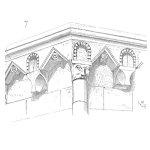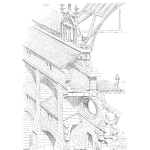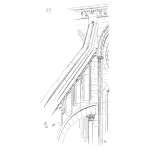
Introduction to Reliability or Life Analysis
Reliability Analysis or Life Analysis is a process where asset records are used to build a statistical model for the asset. The model will in turn provide information of its future performance. It becomes an indispensable tool for asset managers in terms of making life cycle decisions with regards to the asset preservation and eventually replacement. Let alone the safety of employees. Typically, though not necessarily always, those records are obtained from the Computer Maintenance Management System (CMMS).
The basis of the model is a statistical distribution. An example of the process is illustrated in Diagram 1 where a number of “n” centrifugal pumps are run on a test bench until they fail. Each time interval to failure is recorded and once all the failure records are collected, a normalized frequency graph can be constructed. This frequency graph helps define the statistical distribution that best represents the life cycle of a typical component in the population. Using specific mathematical transformations applied to the distribution, the probability of failure after a defined mission time can be derived. And much more information as we will discover in this article.
[Read more…]











